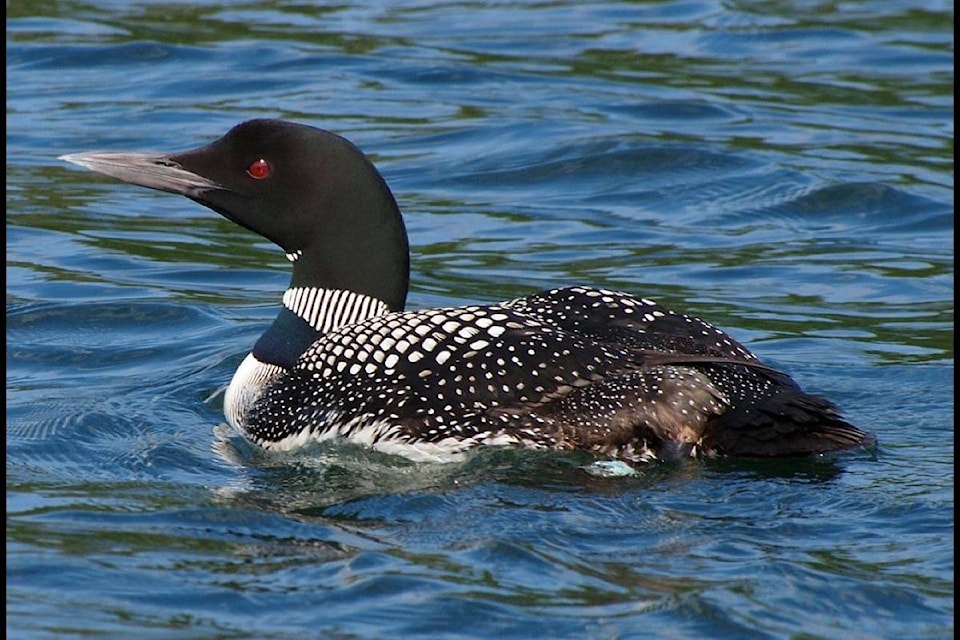The results from the 13th annual Ashcroft-Cache Creek Christmas bird count—which was held on December 21, 2017—are in, and local organizer Wendy Coomber says that while fewer birds were counted, there were more varieties spotted, including several that were new to the count: three loons on the Thompson River near the slough; a Sapsucker (“We’ve been waiting for one of those for a while,” says Coomber); two Hoary redpolls; and the very rare Harris’s sparrow, which appeared at Coomber’s bird feeder at her home in Cache Creek.
While long-time team leader Karl Ricker from Whistler felt that the fires of last summer had little, if any, effect on the Ashcroft-Cache Creek count, Coomber says she has noted several changes over the last few months, possibly attributable to the fires.
“I had Varied thrush in my front yard in early December; I usually don’t see them until late January. And Stellar’s Jays have been hanging around from November until now. To see so many, for so long, makes me wonder about the bird habitat in the area.
“Karl doesn’t live here, so doesn’t see the day-to-day picture. But we couldn’t do the bird count without him.”
Seven people took part in last year’s bird count. Coomber says the weather was cold and overcast, “but not as bad as some years.”
The only bird spotted in more numbers last year than in any of the previous counts was Mallard ducks: a whopping 925 were counted, easily outpacing the previous record of 385 in 2016. Compared with last year, there were significant drops in the number of Chukkar partridges, Canada geese, Blackbilled magpies, American crows, Bohemian waxwings, European starlings, Spotted Towhees, Song sparrows, and Eurasian Collared doves, although Coomber has a theory about that last bird: “Maybe people just got tired of counting them.”
She adds that the decrease in the number of magpies and crows is probably related to the closure of the Cache Creek landfill. The number of Bald eagle adults was up slightly from 2016, when the number was down substantially from the previous year, also due to the landfill closure. The number of juvenile Bald eagles was down in 2017.
Coomber says she went down to Boston Flats, as they used to see a lot of birds there. All they saw this year was a single raven. “There were no golfinches, no redpolls. People there used to feed them.”
Other than Mallards, species that saw a significant increase in numbers over 2017 include Common ravens, Dark-eyed Oregon juncos, Pine siskins, and American goldfinches.
Christmas bird counts, which take place between December 14 and January 4, have been going on throughout the world for more than a century. Coomber says that the Ashcroft and Cache Creek numbers will be sent by Ricker to Bird Studies Canada, which posts the results on their website (http://www.birdscanada.org/index.jsp).
The site notes that birds are excellent indicators of how the environment is doing, with amateur bird counters a key factor in tracking bird population trends.
editorial@accjournal.ca
Like us on Facebook and follow us on Twitter
